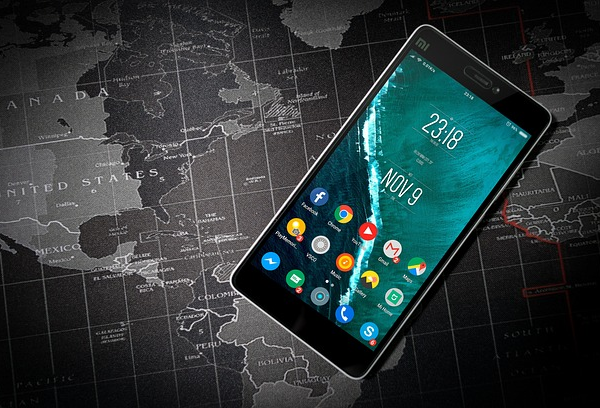Since the advancements made with mirrorless camera systems and their digital viewfinders, cameras with optical viewfinders have become somewhat rare, with hybrid viewfinders being even harder to find. This is why Getschmann decided to dive into his physics and engineering background to build one from scratch for his smartphone camera.
In this twenty-seven minute video originally spotted by Hackaday, creator and YouTuber Christopher Getschmann shows us his path to building a truly hybrid viewfinder for mirrorless cameras and smartphones, inspired by the Hybrid system found in the Fujifilm X100. Throughout the video, Getschmann goes into great detail on the physics and science behind the entire process, and why he felt the need to go “old-school” and build out this project.
Getschmann says in the video, “I wanted to know how to make one myself for a project and that info was surprisingly hard to find. Here I share what I learned and explain (through a historical perspective) how you can get to the fancy modern hybrid viewfinder.” He then poses the question, “Why use a viewfinder at all if you have a display with a live sensor readout?” And his answer goes deeper than just nostalgia.
The design used by Getschmann leverages an interesting combination of lenses and “beamsplitters” placed in a 3D-printed enclosure that is all simply press-fitted to avoid using anything overly fancy or the requirement of glues and adhesives. Getschmann says he tries to avoid these glues as even the tiniest amount of superglue will create enough vapor to permanently blur any glass surface in the vicinity.
Once assembled, the entire thing slides over one side of the smartphone and combines an optical view of the scene that matches the camera’s field of view with a small digital overlay from the phone’s screen which includes some guidelines and a gyroscope/tilt indicator that Getschmann programmed himself. In the video, he says that adding additional information can be easily done and would be worth programming, but he had wanted to tackle the other optical issues first.
There is a lot of science and some great guides included in this extensive video for those interested in learning more about viewfinders and the science behind the glass optics involved in these systems, but for those who want to just get to the actual DIY build portion of the video, you can jump ahead to the 23-minute mark to see the final build.
Despite creating a fun and functional finished product, Getschmann says there are still a few kinks to get ironed out in the design with the largest being some significant distortion and chromatic aberration on the digital overlay which he says is mostly due to the lack of additional lenses in between to cancel out these errors. Perhaps in some future update it will provide space for these lenses to help fix this. Even with the slight flaws, the deep dive into the viewfinder optics is quite interesting and worth the watch.
See more of Geschmann’s videos on his YouTube channel here.
